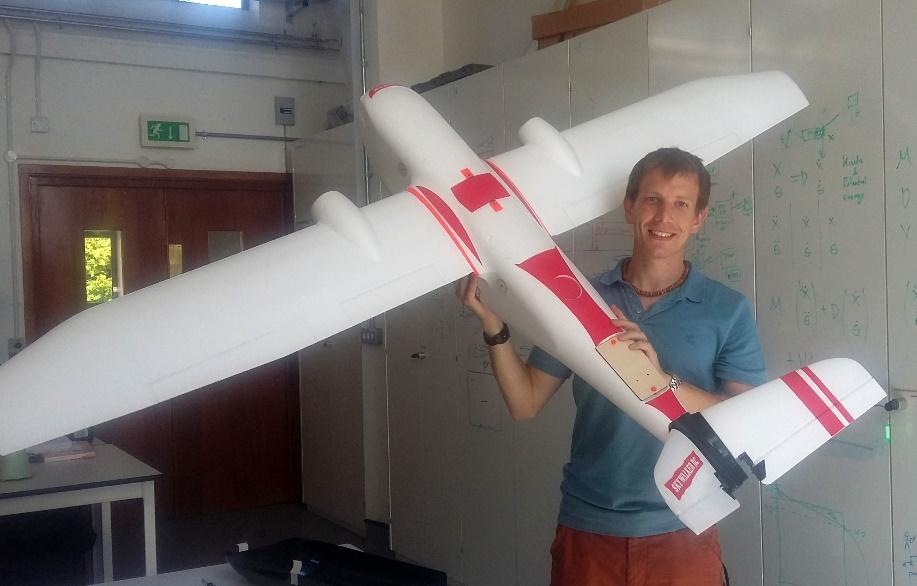
Submitted by Administrator on Mon, 19/11/2018 - 14:11
Many of the world’s most hazardous volcanoes are either too remote or too active to make measurements safely from the ground. Cambridge Earth Scientists are now taking to the skies to investigate the gases being released by these elusive volcanoes.
Leverhulme Research Fellow Dr Emma Liu has been awarded $215,000 by the Alfred P. Sloan Foundation to lead an international project developing novel drone-based techniques to advance volcanic gas studies. The research forms part of the Deep Carbon Observatory - a decade-long programme investigating the quantities, movements, forms, and origins of carbon on Earth.
The new project, 'Aerial Observations of Volcanic Gas Emissions', brings together more than twenty researchers from seven different countries. Emma will work with aerospace engineers, remote sensing specialists, volcanologists and Cambridge Earth Sciences colleagues Dr Marie Edmonds and Dr Brendan McCormick-Kilbride.
Papua New Guinea has been selected as the target for the drone research. It is home to several highly active volcanoes known from satellite observations to be strong gas emitters, but that are entirely inaccessible for ground-based measurements.
The team will travel to Papua New Guinea for fieldwork later this month, returning to develop new technologies in preparation for their main expedition in May 2019. This work will focus on the development of a long-range, high-endurance fixed-wing aircraft capable of carrying a range of sensors for volcanic gases, including carbon dioxide and sulphur dioxide. They will build on a long-standing collaboration with the Aerospace Engineering Department at the University of Bristol.
Emma comments “Ultimately, the project will refine our global estimate of volcanic carbon outgassing, and will provide critical insight into volatile recycling through the Papua New Guinea subduction zone. An important legacy is to build the capacity for volcano monitoring, with drone equipment and training allowing local scientists to continue these pioneering measurements.”
Follow the team's upcoming fieldwork in Papua New Guinea with updates on Twitter from @EmmaLiu31 and @BrendanVolc.
